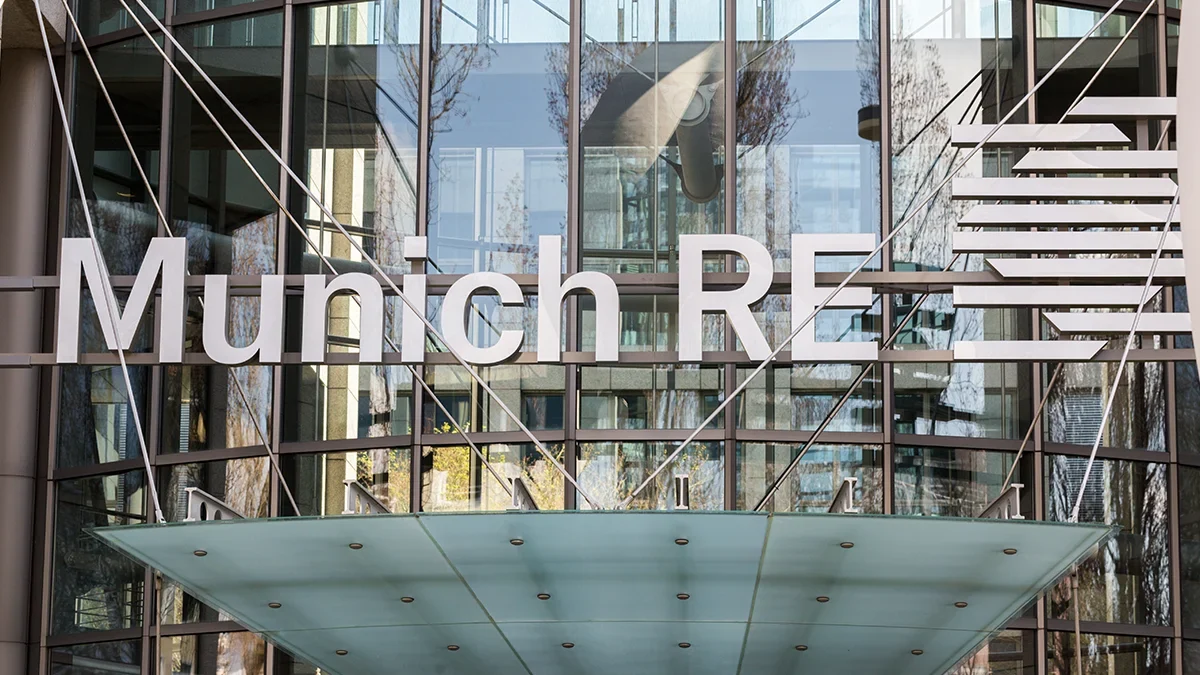(Re)in Summary
• Korean insurers’ net profit rose 4.6% in 2024, driven by strong investment returns.
• Capital buffers shrank, with K-ICS ratio falling to 197.9% in Q1 2025.
• Insurers are raising capital and narrowing duration gaps to ease rate pressure.
• Foreign assets hit 12% by end-2024, with minimal FX losses due to full hedging.
Korean insurers are expected to maintain sound profitability in 2025 despite mounting pressures on capitalisation from falling interest rates and tighter regulations, Fitch Ratings said in a report published on Monday (June 23).
Insurers posted a 4.6% increase in net profit in 2024, driven by strong investment returns that helped offset weaker insurance underwriting profits linked to one-off regulatory changes. Overall profitability is expected to remain relatively stable in 2025, Fitch said, supported by the continued release of contractual service margins (CSM) from long-term and protection-type products.
“Fitch believes insurers’ capital can improve through continued growth in new business contractual service margin (CSM),” the agency reported.
Despite stable earnings, Korean insurers’ capital buffers are under pressure. The average Korean Insurance Capital Standard (K-ICS) ratio, including transitional measures, declined to 197.9% in the first quarter of 2025, down from 206.7% in 2024.
“Fitch Ratings expects Korean insurers’ capitalisation to come under pressure from falling interest rates and regulatory tightening, including liability discount rate cuts and actuarial assumption adjustments,” the agency explained.
In a bid to ease the burden on insurers, the Financial Supervisory Service (FSS) lowered the K-ICS benchmark ratio from 150% to 130%.
Fitch noted that no further actuarial adjustments are expected in the second half of the year, potentially providing temporary relief to the sector.
In addition, insurers are raising supplementary capital and using tools such as reinsurance and coinsurance to bolster capital adequacy. Specifically, bond forwards and coinsurance are being used to better match long-term insurance obligations.
To prepare for further interest rate declines, insurers are also narrowing the duration gap between assets and liabilities—extending liability maturities and increasing holdings of long-term domestic fixed-income securities.
“This could reduce the interest rate sensitivity of their capital positions,” Fitch explains.
On the investment front, Korean insurers are making selective portfolio shifts to manage capital costs and capture higher returns. They are gradually increasing exposure to high-quality alternative and overseas assets, attracted by better yield opportunities.
By end-2024, foreign investments accounted for around 12% of the sector’s total portfolio. Despite the recent appreciation of the Korean won, Fitch says foreign exchange losses have remained minimal.
“The won’s appreciation should have minimal impact as insurers typically have close to 100% FX hedging on foreign assets,” the agency added.
























